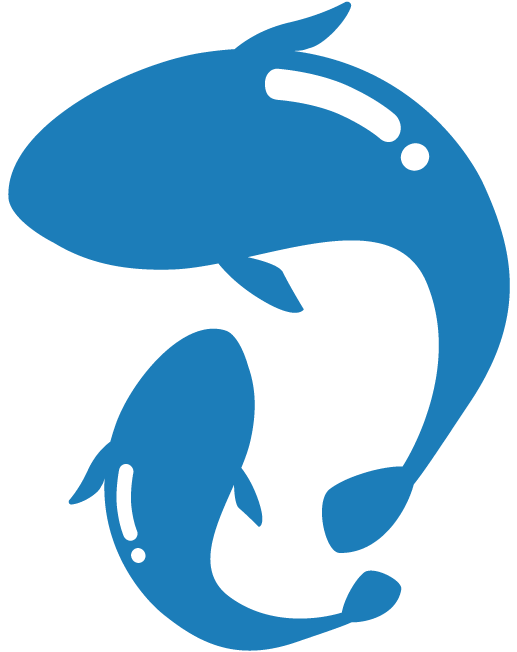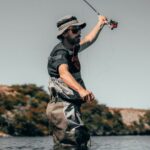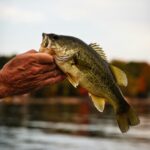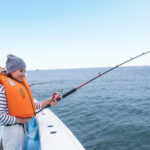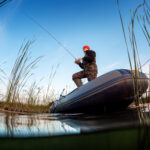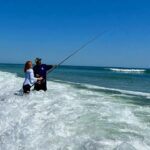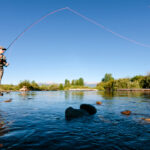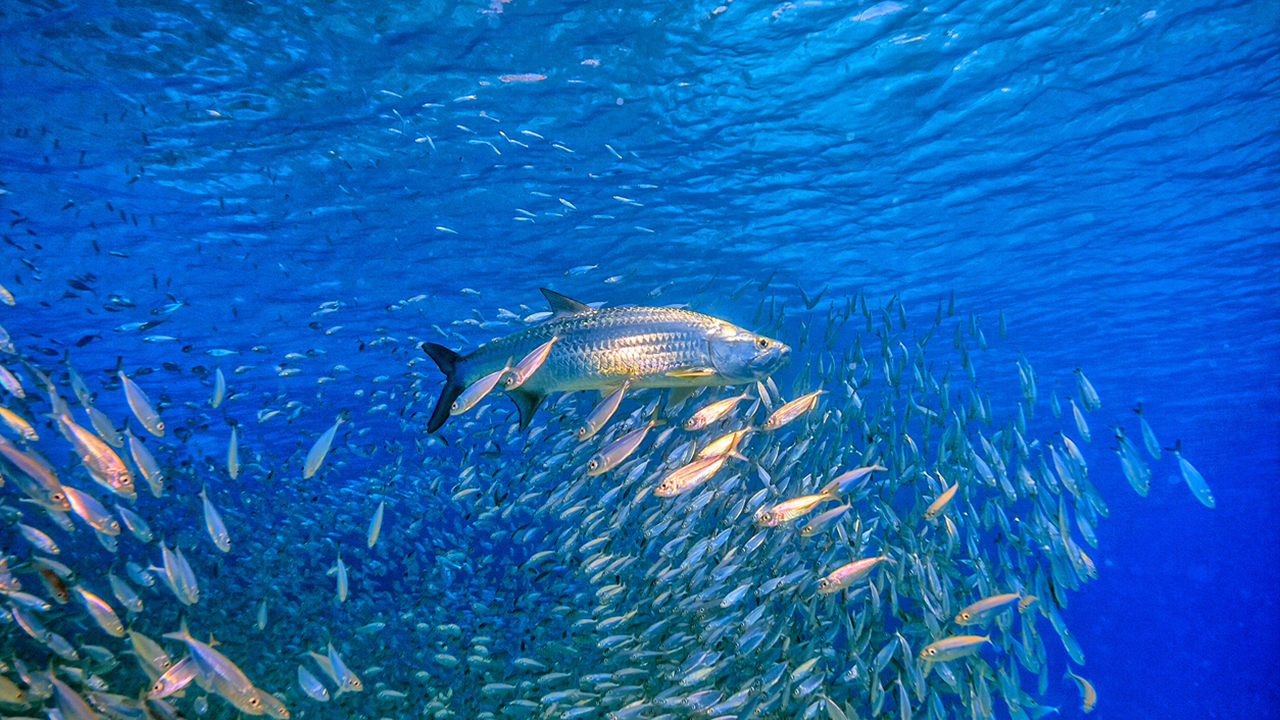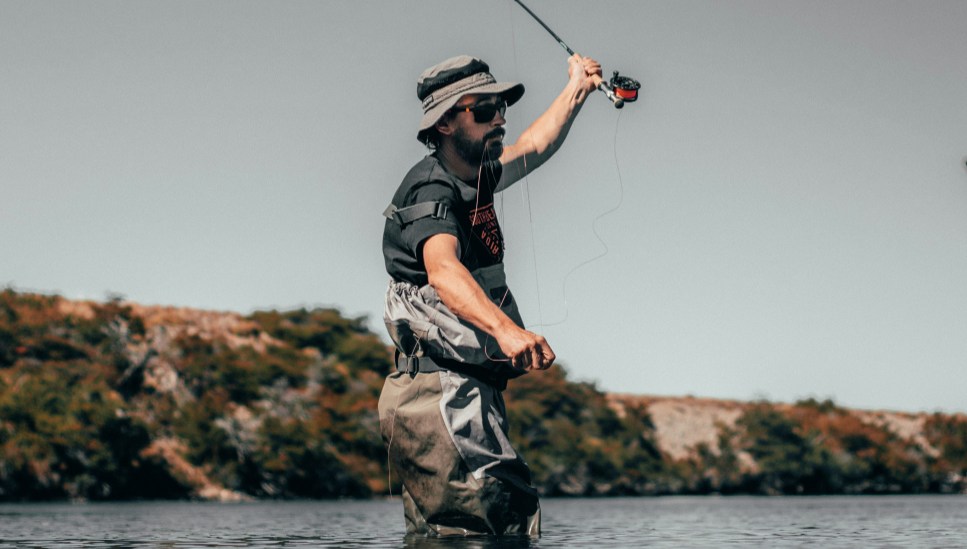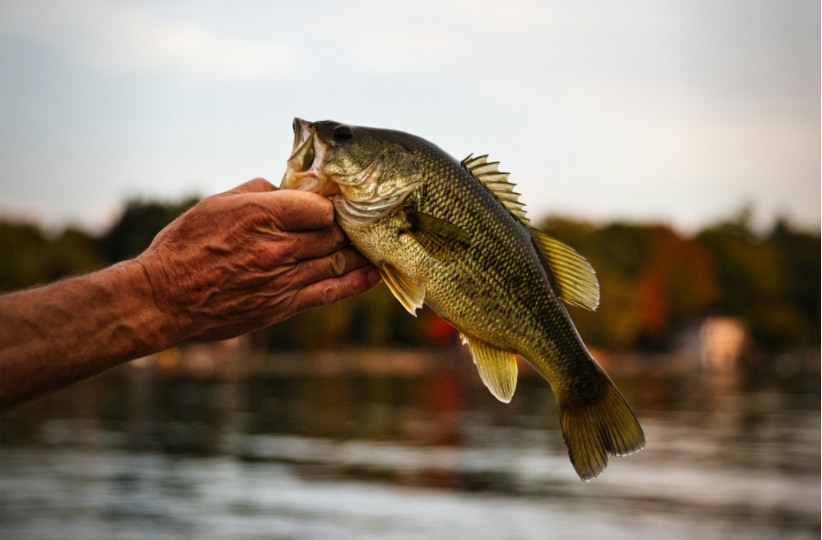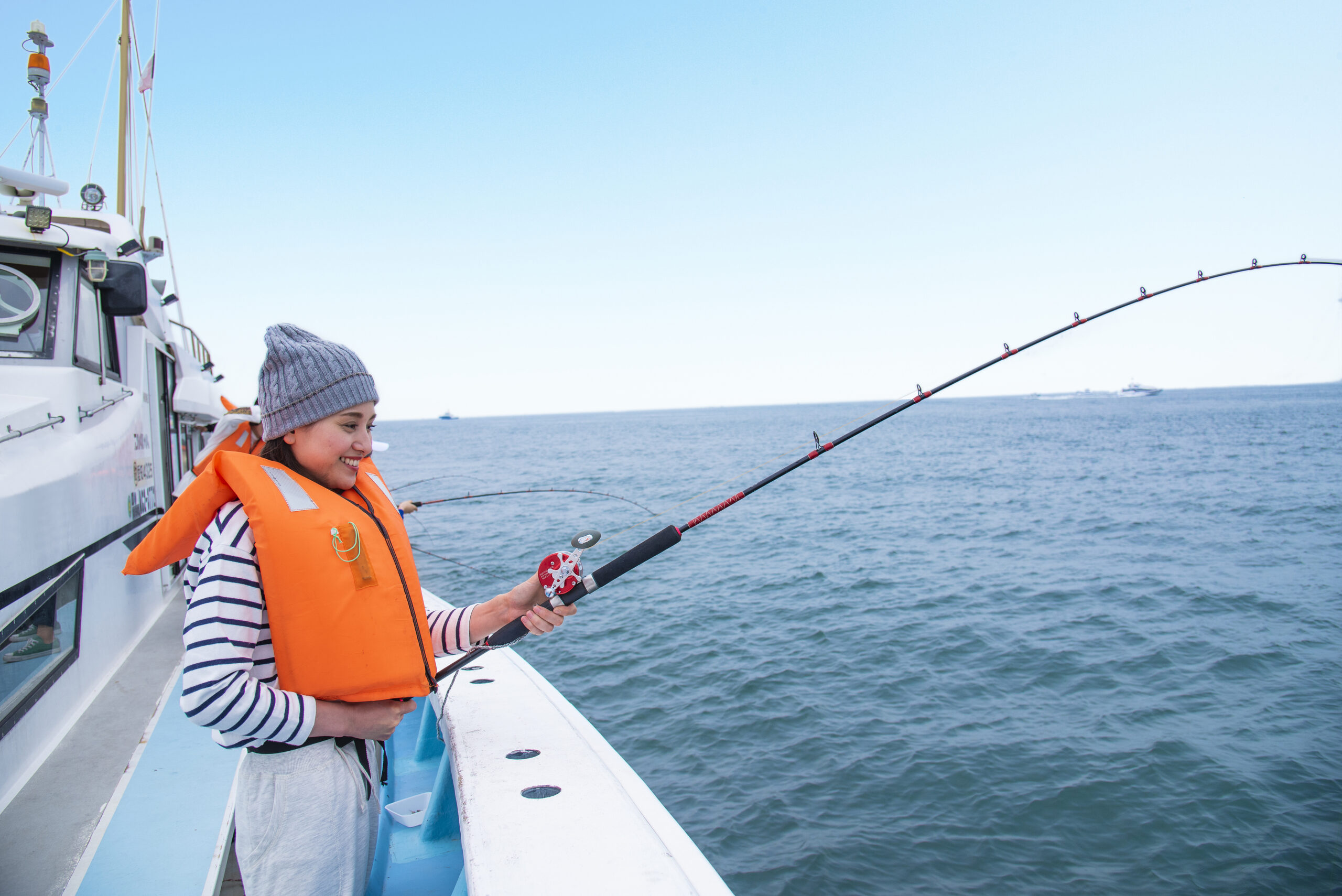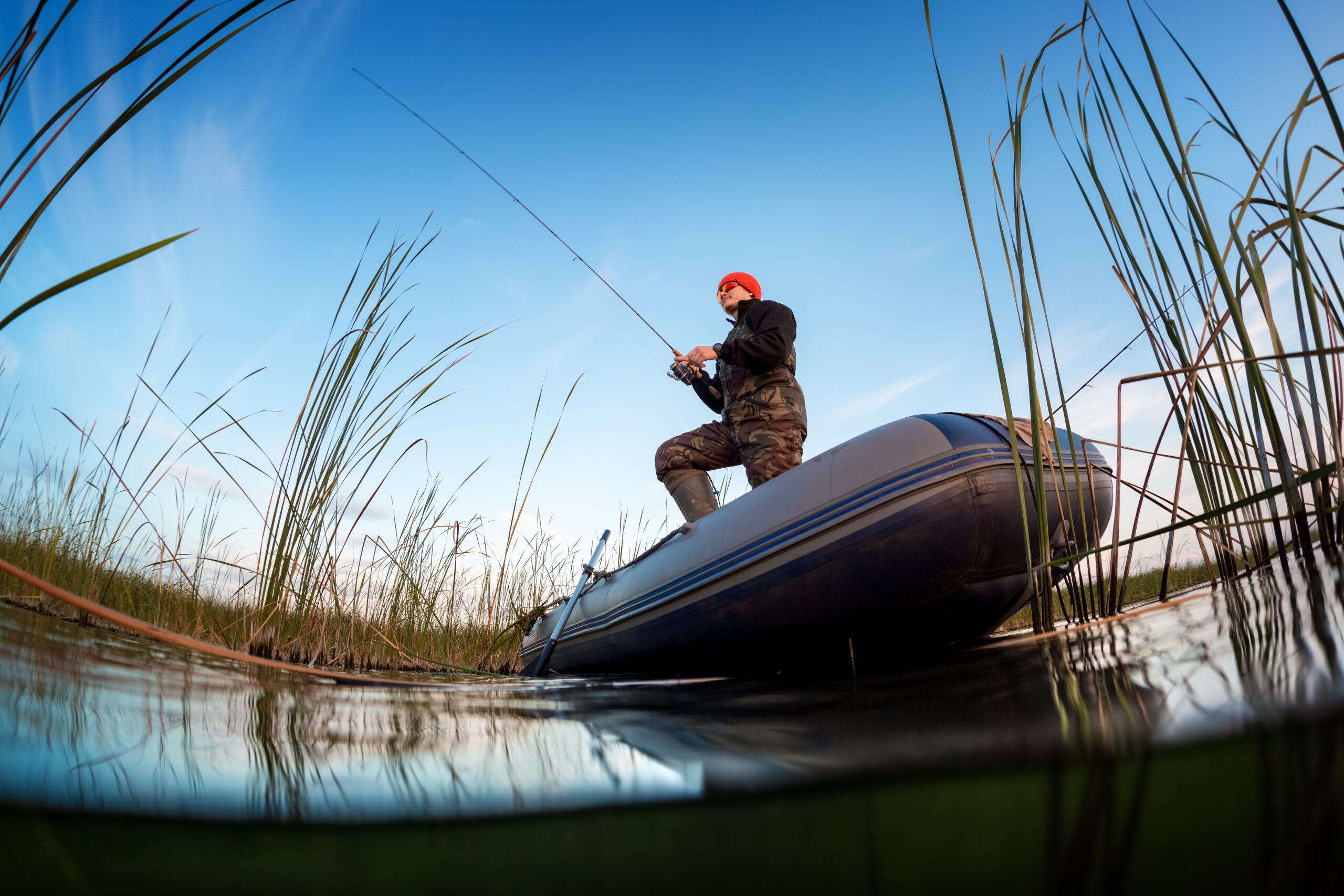Fishing for tarpon from the beaches of Florida offers one of the most exhilarating experiences for anglers, thanks to the sheer size and strength of these incredible fish. Known for their impressive acrobatic jumps and hard-fighting nature, tarpon can weigh up to 250 pounds, making them a prized catch. If you’re planning to fish for tarpon on Florida’s sandy shores, here are seven expert tips to help you reel in the “Silver King” successfully.
1. Understand Local Regulations
Before you head out to fish for tarpon, it’s crucial to familiarize yourself with Florida’s fishing regulations. Tarpon are exclusively a catch-and-release species in the state, and there are specific rules to follow. Any fish over 40 inches must remain in the water, ensuring their safe release. Be sure to check gear restrictions and release guidelines to ensure you’re fishing responsibly and legally.
2. Research the Best Beaches
Not all beaches are equally productive when it comes to tarpon fishing. Tarpon prefer areas close to deep channels, inlets, and passes, where they gather during their seasonal migrations. Popular fishing spots in Florida include the beaches of Miami, Boca Grande Pass, Sanibel Island, and Clearwater Beach. These areas are known to host large tarpon schools during migration periods. Plan your fishing trip to one of these prime spots for the best chance at success.
3. Timing Your Trip
Timing is a critical factor in successful beach tarpon fishing. Tarpon are most active when the water temperature is between 75°F and 90°F, typically from April to September. During this period, large schools of tarpon migrate through Florida’s coastal waters, making it an ideal time to fish. To maximize your chances, time your beach trips around the seasonal migrations and target days when the tide is moving strongly, as this is when tarpon are most likely to bite.
4. Choose the Right Tackle
When fishing for tarpon from the beach, you need heavy-duty tackle to handle these powerful fish. A strong 8-foot spinning rod paired with a large reel (7000 or 8000 series) is ideal for beach fishing. The reel should have high line capacity and a quality drag system to manage the tarpon’s runs and jumps. Use braided fishing line with a 30-50 lb test, and pair it with an 80 lb test fluorocarbon or monofilament leader. For hooks, non-offset circle hooks in sizes ranging from 5/0 to 10/0 are best, with the size depending on the bait you’re using.
5. Natural Bait and Lures: What Works
Natural bait is typically more effective than artificial lures when targeting tarpon. Some of the best natural baits include mullet, ladyfish, crabs, pinfish, and threadfin herring. Use a circle hook to rig the bait and improve your hook-up rates while minimizing harm to the fish. For those who prefer using artificial lures, large swimbaits and plugs that mimic the movement of baitfish can also attract tarpon, especially during periods when natural bait is scarce.
6. Perfect Your Technique
Knowing how to spot tarpon and where to cast your bait is essential. Look for signs like scattered baitfish or flashes of silver on the water’s surface. If you don’t see these, try casting around the edges of sandbars or deep water channels, as these areas often hold tarpon. Be prepared to adjust your tactics according to changing tides, weather, and water conditions. When a tarpon strikes, let the fish make its initial runs and jumps while you maintain steady pressure on the line. To prevent the fish from shaking off the hook during its acrobatic leaps, point your rod tip down towards the water—this technique is known as “bowing to the king.”
7. Practice Conservation and Respect
Tarpon are an important species in Florida’s ecosystem, and it’s essential to fish responsibly. Use non-offset circle hooks with natural baits to prevent deep-hooking, and ensure that the fish is released as quickly as possible. Avoid bringing the tarpon onto the beach—take photos in the water while keeping the fish submerged. Minimize handling, and if you need to remove the hook, do so gently. By following these best practices, you can help maintain a healthy tarpon population for future generations.
By following these seven tips, you’ll increase your chances of successfully catching tarpon from Florida’s beaches. Whether you’re a seasoned angler or a novice, fishing for tarpon is a thrilling and rewarding experience. With the right preparation, gear, and techniques, you can enjoy an unforgettable day on the water while helping to preserve the future of this iconic species.
